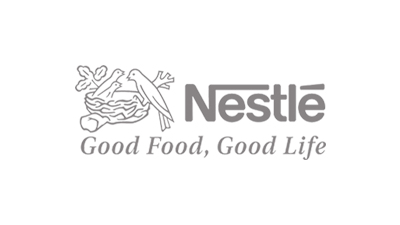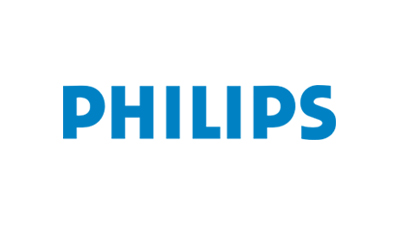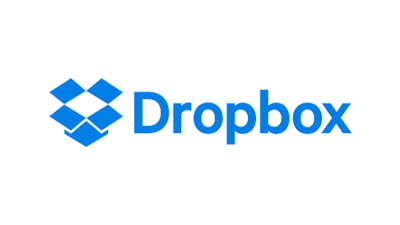Refractories are heat-resistant materials that constitute the linings for high-temperature furnaces and reactors and other processing units. In addition to being resistant to thermal stress and other physical phenomena induced by heat, refractories must also withstand physical wear and corrosion by chemical agents. ASTM C71 defines refractories as "non-metallic materials having those chemical and physical properties that make them applicable for structures, or as components of systems, that are exposed to environments above 1,000 ᄚF (811 K; 538 ᄚC)". Refractories are produced from natural and synthetic materials, usually nonmetallic, or combinations of compounds and minerals such as alumina, fireclays, bauxite, chromite, dolomite, magnesite, silicon carbide, zirconia, and others. According to our (Global Info Research) latest study, the global Industrial Refractory Materials market size was valued at USD 43120 million in 2022 and is forecast to a readjusted size of USD 49570 million by 2029 with a CAGR of 2.0% during review period. The influence of COVID-19 and the Russia-Ukraine War were considered while estimating market sizes. At present, the major manufacturers of Industrial Refractory Materials are concentrated in RHI AG, VESUVIUS, Magnesita, KROSAKI, SHINAGAWA, Imerys, HWI, MORGAN CRUCIBLE, SAINT-GOBAIN, Minteq, Resco, Qinghua, Puyang Refractory, Sinosteel, Lier, Jinlong and Sujia. RHI AG is the world leader, holding 3% production market share. China is the largest consumption place, with a consumption market share nearly 47%. Following China, Europe is the second largest consumption place with the consumption market share of 16%. In application, Industrial Refractory Materials downstream is wide and recently Industrial Refractory Materials has acquired increasing significance in various fields of Iron & Steel, Cement/Lime, Nonferrous Metals, Glass, Ceramics and Other Industries. Globally, the Industrial Refractory Materials market is mainly driven by growing demand for Iron & Steel which accounts for nearly 65% of total downstream consumption of Industrial Refractory Materials in global. This report is a detailed and comprehensive analysis for global Industrial Refractory Materials market. Both quantitative and qualitative analyses are presented by manufacturers, by region & country, by Type and by Application. As the market is constantly changing, this report explores the competition, supply and demand trends, as well as key factors that contribute to its changing demands across many markets. Company profiles and product examples of selected competitors, along with market share estimates of some of the selected leaders for the year 2023, are provided. Key Features: Global Industrial Refractory Materials market size and forecasts, in consumption value ($ Million), sales quantity (K MT), and average selling prices (USD/MT), 2018-2029 Global Industrial Refractory Materials market size and forecasts by region and country, in consumption value ($ Million), sales quantity (K MT), and average selling prices (USD/MT), 2018-2029 Global Industrial Refractory Materials market size and forecasts, by Type and by Application, in consumption value ($ Million), sales quantity (K MT), and average selling prices (USD/MT), 2018-2029 Global Industrial Refractory Materials market shares of main players, shipments in revenue ($ Million), sales quantity (K MT), and ASP (USD/MT), 2018-2023 The Primary Objectives in This Report Are: To determine the size of the total market opportunity of global and key countries To assess the growth potential for Industrial Refractory Materials To forecast future growth in each product and end-use market To assess competitive factors affecting the marketplace This report profiles key players in the global Industrial Refractory Materials market based on the following parameters - company overview, production, value, price, gross margin, product portfolio, geographical presence, and key developments. Key companies covered as a part of this study include RHI Magnesita, VESUVIUS, KROSAKI, SHINAGAWA and Imerys, etc. This report also provides key insights about market drivers, restraints, opportunities, new product launches or approvals, COVID-19 and Russia-Ukraine War Influence. Market Segmentation Industrial Refractory Materials market is split by Type and by Application. For the period 2018-2029, the growth among segments provides accurate calculations and forecasts for consumption value by Type, and by Application in terms of volume and value. This analysis can help you expand your business by targeting qualified niche markets. Market segment by Type Shaped Industrial Refractory Materials Unshaped Industrial Refractory Materials Market segment by Application Iron & Steel Cement/Lime Nonferrous Metals Glass Ceramics Other Major players covered RHI Magnesita VESUVIUS KROSAKI SHINAGAWA Imerys HWI MORGAN CRUCIBLE SAINT-GOBAIN Minteq Resco Qinghua Puyang Refractory Sinosteel Lier Jinlong Sujia Market segment by region, regional analysis covers North America (United States, Canada and Mexico) Europe (Germany, France, United Kingdom, Russia, Italy, and Rest of Europe) Asia-Pacific (China, Japan, Korea, India, Southeast Asia, and Australia) South America (Brazil, Argentina, Colombia, and Rest of South America) Middle East & Africa (Saudi Arabia, UAE, Egypt, South Africa, and Rest of Middle East & Africa) The content of the study subjects, includes a total of 15 chapters: Chapter 1, to describe Industrial Refractory Materials product scope, market overview, market estimation caveats and base year. Chapter 2, to profile the top manufacturers of Industrial Refractory Materials, with price, sales, revenue and global market share of Industrial Refractory Materials from 2018 to 2023. Chapter 3, the Industrial Refractory Materials competitive situation, sales quantity, revenue and global market share of top manufacturers are analyzed emphatically by landscape contrast. Chapter 4, the Industrial Refractory Materials breakdown data are shown at the regional level, to show the sales quantity, consumption value and growth by regions, from 2018 to 2029. Chapter 5 and 6, to segment the sales by Type and application, with sales market share and growth rate by type, application, from 2018 to 2029. Chapter 7, 8, 9, 10 and 11, to break the sales data at the country level, with sales quantity, consumption value and market share for key countries in the world, from 2017 to 2022.and Industrial Refractory Materials market forecast, by regions, type and application, with sales and revenue, from 2024 to 2029. Chapter 12, market dynamics, drivers, restraints, trends, Porters Five Forces analysis, and Influence of COVID-19 and Russia-Ukraine War. Chapter 13, the key raw materials and key suppliers, and industry chain of Industrial Refractory Materials. Chapter 14 and 15, to describe Industrial Refractory Materials sales channel, distributors, customers, research findings and conclusion.
1 Market Overview 1.1 Product Overview and Scope of Industrial Refractory Materials 1.2 Market Estimation Caveats and Base Year 1.3 Market Analysis by Type 1.3.1 Overview: Global Industrial Refractory Materials Consumption Value by Type: 2018 Versus 2022 Versus 2029 1.3.2 Shaped Industrial Refractory Materials 1.3.3 Unshaped Industrial Refractory Materials 1









